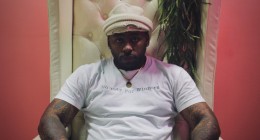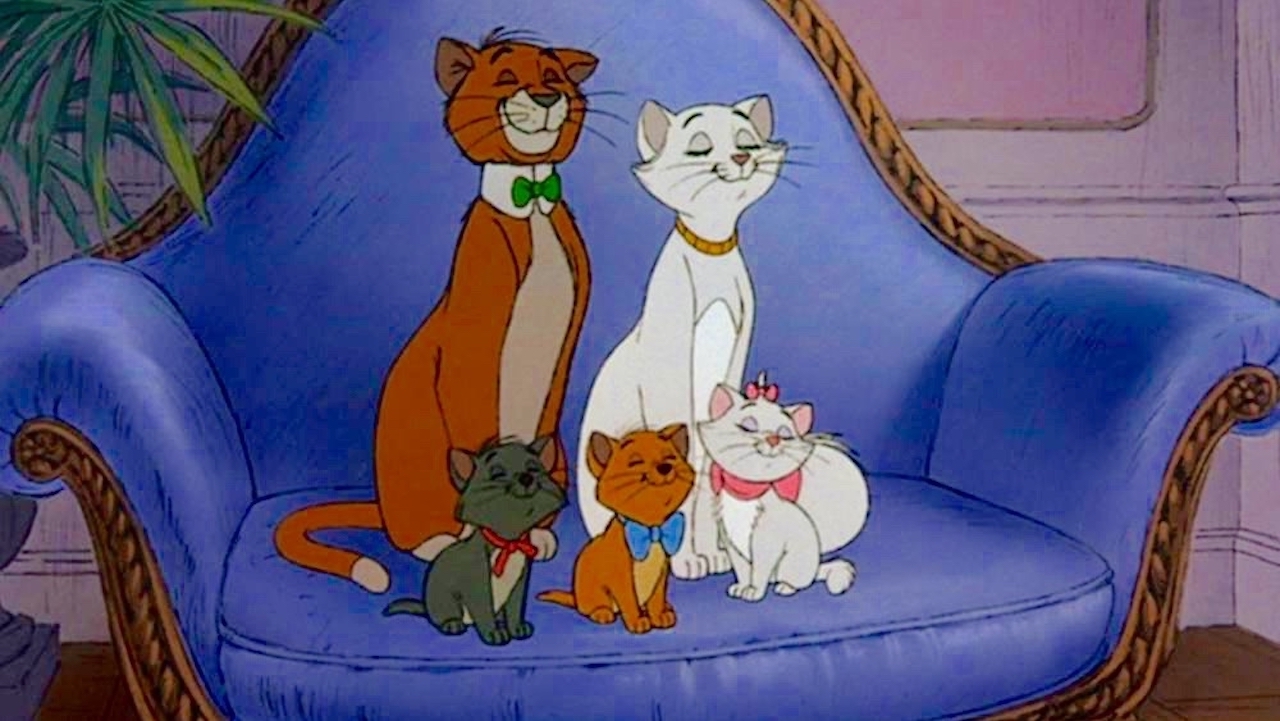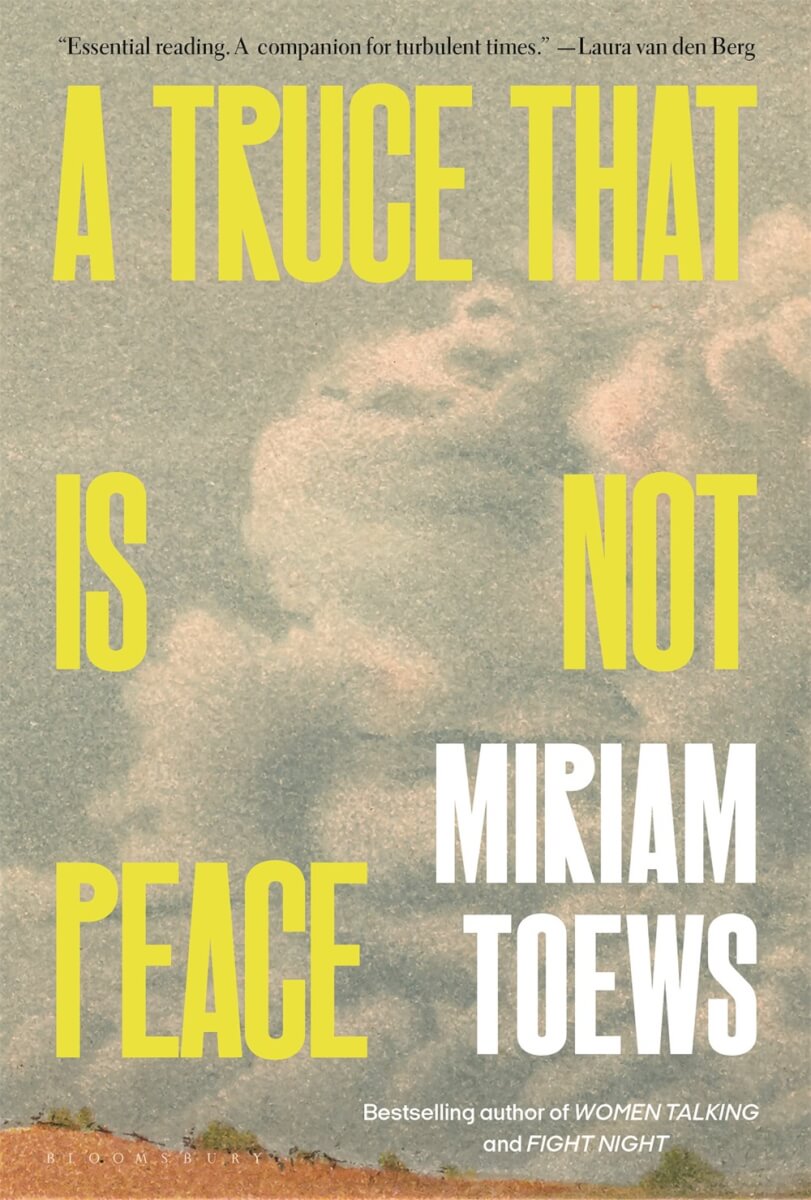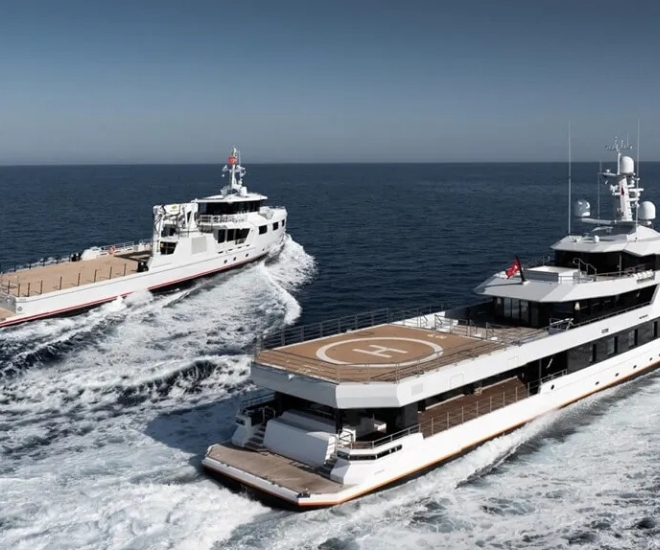
The Victoria and Albert (V&A) Museum announced that it has acquired the long-lost Fabergé Third Imperial Egg. It will go on display at their exhibition titled, “Fabergé: Romance to Revolution”.
The egg went missing in 1964 after being sold in an auction in New York. It later then popped up at a Midwest flea market in 2015, found by a scrap metal dealer who had bought it for its intrinsic gold and gem value. He then later contacted Kieran McCarthy of Wartski jewellers after randomly Googling the egg, who confirmed it was the missing egg.
The Third Imperial Egg will go on display alongside the other Fabergé eggs that once belonged to the Romanovs. A few of the eggs going on display are The Peacock Egg and The Tercentenary Egg.

The Peacock egg will be on display for the first time in 10 years. The Peacock Egg is a rock crystal egg and it is finely engraved with rocaille and has an enamelled gold peacock automaton inside the egg.
Also on show for the first time, are a pair of human sculptures, a rarity as it is believed that Fabergé had created less than 50 in his lifetime. The statues are of the private bodyguards of the Dowager Empress and Tsarina. The two statues had been confiscated and separated after the Russian Revolution of 1917.
Other highlights of the exhibition also include a figurine of King Edward VII beloved fox-hair terrier Caesar, a notebook given by Tsar Nicholas II and his wife the Tsarina to Queen Victoria for Christmas in 1896, and an aquamarine and diamond tiara of The Duchess of Mecklenberg-Schwerin.

The Fabergé eggs are a celebrated series of 50 Imperial Easter eggs. They were created for the Russian Imperial family from 1885 to 1916 when the company was run by Peter Carl Fabergé. The eggs are linked to the glory and tragic fate of the last Romanov family.
Ten eggs were produced from 1885 to 1893, during the reign of Emperor Alexander III, and 40 more were created during the rule of his son, Nicholas II. Two for each year, one for his mother, and one for his wife.
The series began when Emperor Alexander III commissioned an Easter egg from Fabergé as an Easter present for his wife, Empress Maria Feodorovna.
The eggs will be on display in London’s V&A museum will open on Saturday, November 20, 2021, until May 8, 2022.
Also on display is a previously unseen drawing by Van Gogh at the Van Gogh Museum in Amsterdam until January 2 2022. It is titled “Study for Worn Out”. The drawing was sitting in a Dutch family’s private collection for about a century. The drawing was made during the artist’s time at the Hague, quite recently into his career as an artist.
Another exhibition happening closer to home is Anton Afganial’s “Nature/Nurture” exhibition. Exploring the concept of Nature vs Nurture, a debate that has been happening for centuries from the time of the ancient Greeks. He explores this question through his artworks, capturing the meaning of natural and environmental aspects through his vivid use of colours.
For more information about the exhibition, click here.
For more art reads, click here.







